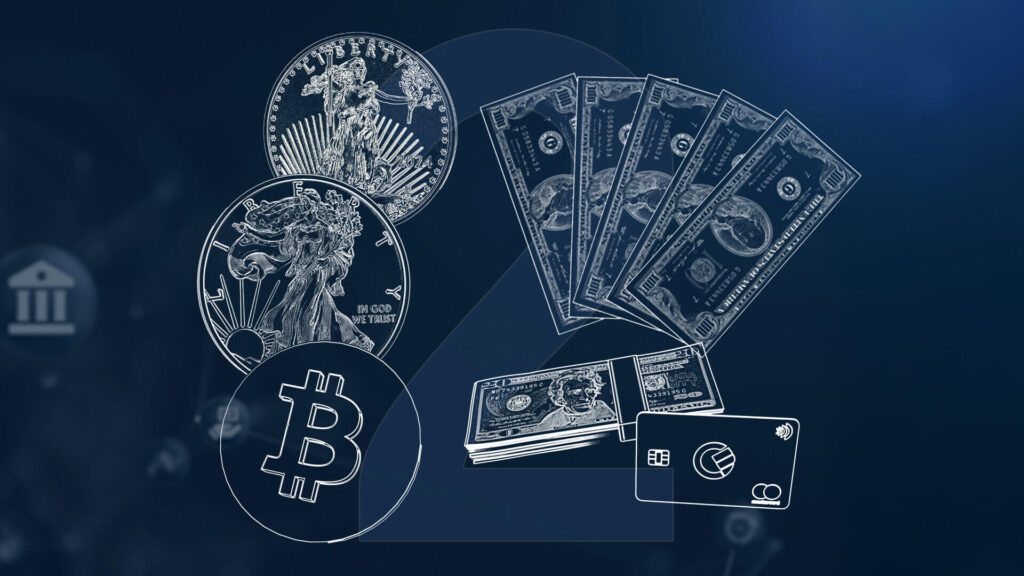Home / Hidden Secrets of Value with Alan Hibbard / Money vs. Currency | Hidden Secrets of Value Ep. 2 | Alan Hibbard
Episode Two: Money vs. Currency


About This Episode
In Episode 2, Alan Hibbard unpacks one of the most dangerous misunderstandings in modern finance: the belief that currency and money are the same. They’re not — and confusing them leads millions to store their hard-earned energy in assets that are designed to lose value.
Through vivid examples, Alan explains how fiat currency is an invisible form of theft. He explores how real money is worked into existence, how it’s tracked in an honest system, and how the free market naturally distinguishes between what should be saved and what should be spent.
This episode reframes how you see the dollar in your wallet, the savings in your bank account, and the energy behind every economic exchange.
Key Question
What is the true difference between money and currency — and how does misunderstanding it cause people to lose their wealth over time?
True Money
Money is what you want when there’s nothing else you want. It represents pure optionality and stored energy.
Key Insight:
Real money provides freedom of choice. It’s not tied to any specific use case or jurisdiction, but can be converted into anything you need when you need it.
Practical Takeaway:
Evaluate potential money by asking: ‘Does this give me maximum optionality?’ True money should preserve your ability to make any future choice.
Proof of Work
Money is a receipt of valuable work done. It represents real energy expended and value created in the world.
Key Insight:
Sound money must be worked into existence. If “money” can be created without cost, it will eventually become worthless.
Practical Takeaway:
Favor monetary assets that require significant energy to create. Avoid currencies that can be printed or created at will.
Money is an entry in an honest database.
Elon Musk once said money is just an entry in a database. Alan agrees — if that database is honest. In a truly fair system, the monetary record accurately tracks who created value and how much. But fiat currency distorts the database because it allows unearned entries — people who didn’t produce value can still make claims on resources.
Key Insight:
Money is fundamentally a ledger of who did valuable work. The integrity of this ledger determines the integrity of the monetary system.
Practical Takeaway:
Only decentralized, arduous forms of money — like precious metals — preserve honesty in the system. Holding gold or silver is a vote for an economy based on real value and real work.
Dual Functions
A store of value is used by saving it. A medium of exchange is used by spending it. No monetary asset can specialize at both uses.
Key Insight:
Using the wrong asset for the wrong job leads to loss. Holding fiat currency as your “savings” is like using a car as a house. It wasn’t made to protect your long–term wealth — it was made to move quickly through the economy.
Practical Takeaway:
Use currency for short-term needs and payments. Use gold, silver, and Bitcoin for saving. The dollar is your car. Gold is your house. If you confuse the two, you’ll end up losing purchasing power over time.
Market Forces
The free market will cause money to be hoarded and currency to be spent; this is called Gresham’s Law.
Key Insight:
Bad money drives out good money from circulation. People naturally save the good money and spend the inferior currency first.
Practical Takeaway:
Don’t fight the market. Follow it. Let your instincts guide you to hoard what holds value and spend what doesn’t. This is why gold and silver aren’t widely circulated — and why they remain powerful stores of value.
Ready to Take Action?
Apply what you’ve learned and start building your financial future today.
